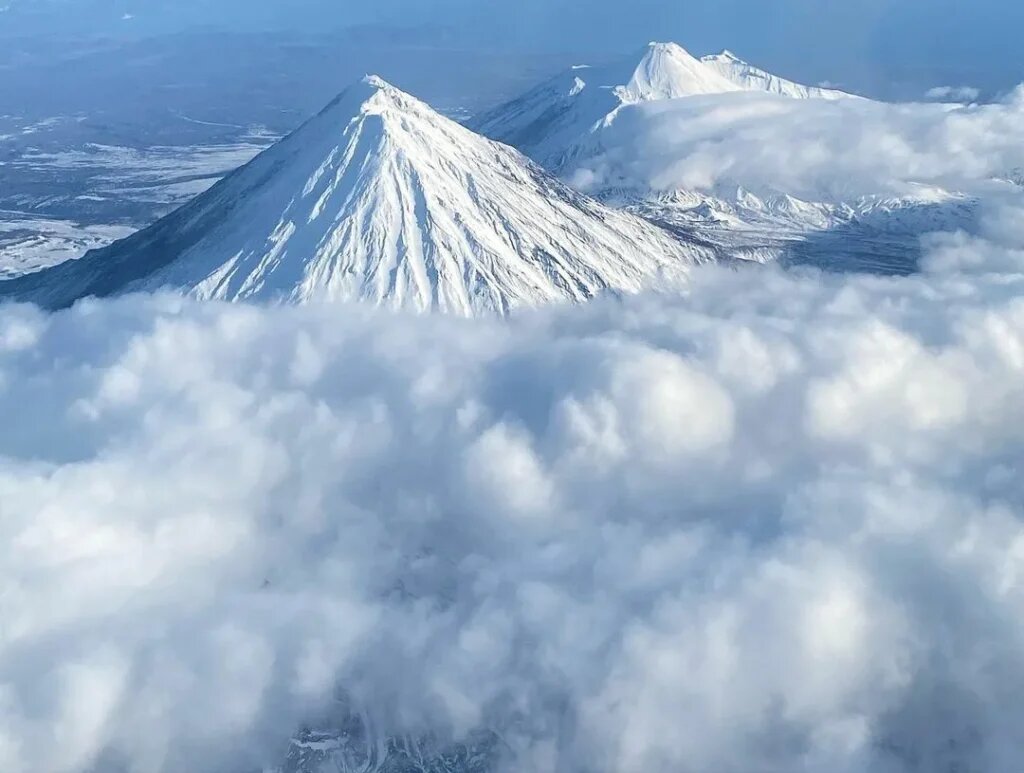Mt. Damavand: Iran’s towering gem of nature and legend

TEHRAN – Standing tall in northern Iran, Mount Damavand is one of the nation’s premier natural attractions, drawing countless mountaineers and adventure enthusiasts each year.
Towering at an impressive 5,610 meters above sea level, Damavand is not only the highest peak in the country but also the highest semi-active volcano in Asia.
Its towering presence can be observed from Tehran and surrounding areas on clear, sunny days, providing a stunning silhouette against the skyline.
Even for those who do not plan to reach the summit, Damavand offers an array of natural beauties. In spring, the mountain slopes burst into bloom, covered with vibrant flowers that paint a picturesque landscape. One of the mountain’s most captivating features is the frozen waterfall, which remains icy even during the summer months. Natural glaciers like “Siuleh Glacier,” “Dobisel Glacier,” and “Aroosakha Glaciers” add to the awe-inspiring scenery that surrounds this volcanic giant.
This majestic peak, situated in the Larijan district of Amol within Mazandaran province, is renowned for its breathtaking beauty and formidable challenge to those who seek to conquer its heights.
Geologists note that its most recent eruption occurred around 1.7 million years ago, leaving behind a landscape marked by sulfur springs and hot springs, offering a glimpse into its volcanic past.
For mountaineers, Damavand offers four main routes, each equipped with shelters or refuges for rest and rescue. These routes are known as the South Route, the West Route, the North Route (Jaan Panah Refuge), and the Northeast Ridge. Among these, the South Route, starting from Polour and Rineh, is the most popular due to its relative ease compared to the others. The North Face, beginning from the village of Nandal, is considered the most challenging, requiring climbers to journey by vehicle to “Sang-e Bozorg” (the Large Stone) before beginning their ascent on foot. Beyond these established paths, there are numerous other routes for those seeking a less-traveled path, though they lack the shelter facilities found on the main routes.
Climbing Damavand is no small feat. Its elevation demands good physical fitness and preparation. The best time to embark on this adventure is from spring to mid-summer when the weather conditions are more favorable. A typical climb to the summit can take anywhere from two to five days, depending on the climber’s experience and physical condition. Essential gear and the guidance of professional climbers are crucial for a successful ascent.
Beyond its natural allure, Damavand is steeped in Iranian mythology and cultural significance. It is considered the center of the world and the abode of deities Mithra and Gayomard, the first known humans in Iranian lore. The mountain is also linked to numerous legends, including the tale of Zahhak, who was imprisoned within Damavand until the end of the world. The legend of Arash Kamangir, who shot his arrow from Mount Damavand, and the White Demon who resides on the mountain, further enrich its mythical heritage. These stories are immortalized in Persian literature, such as Ferdowsi’s Shahnameh and Asadi Tusi’s The Garshasp-nama, and in the poetry of Naser Khosrow.
Recognizing its unique value, Mount Damavand was designated as Iran’s first natural heritage site in 2008. Since then, July 4th has been celebrated as Damavand National Day on the Iranian calendar, marking the 13th of Tir.
Damavand is strategically located in the central part of the Alborz Mountain Range, just south of the Caspian Sea. This central location makes it accessible from various points, with the cities of Tehran, Amol, and Damavand being the closest urban centers. Travelers from any part of Iran can easily reach the foothills of Damavand by making their way to these cities.
For those seeking a blend of adventure, natural beauty, and cultural richness, Mount Damavand stands as a beacon and promises an unforgettable experience.
AM
Leave a Comment